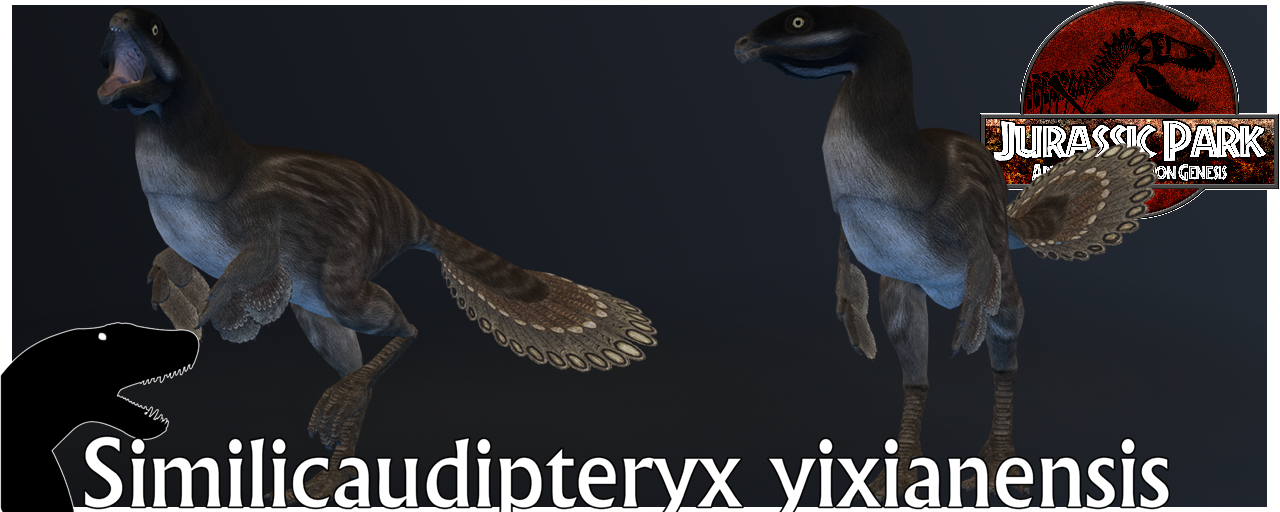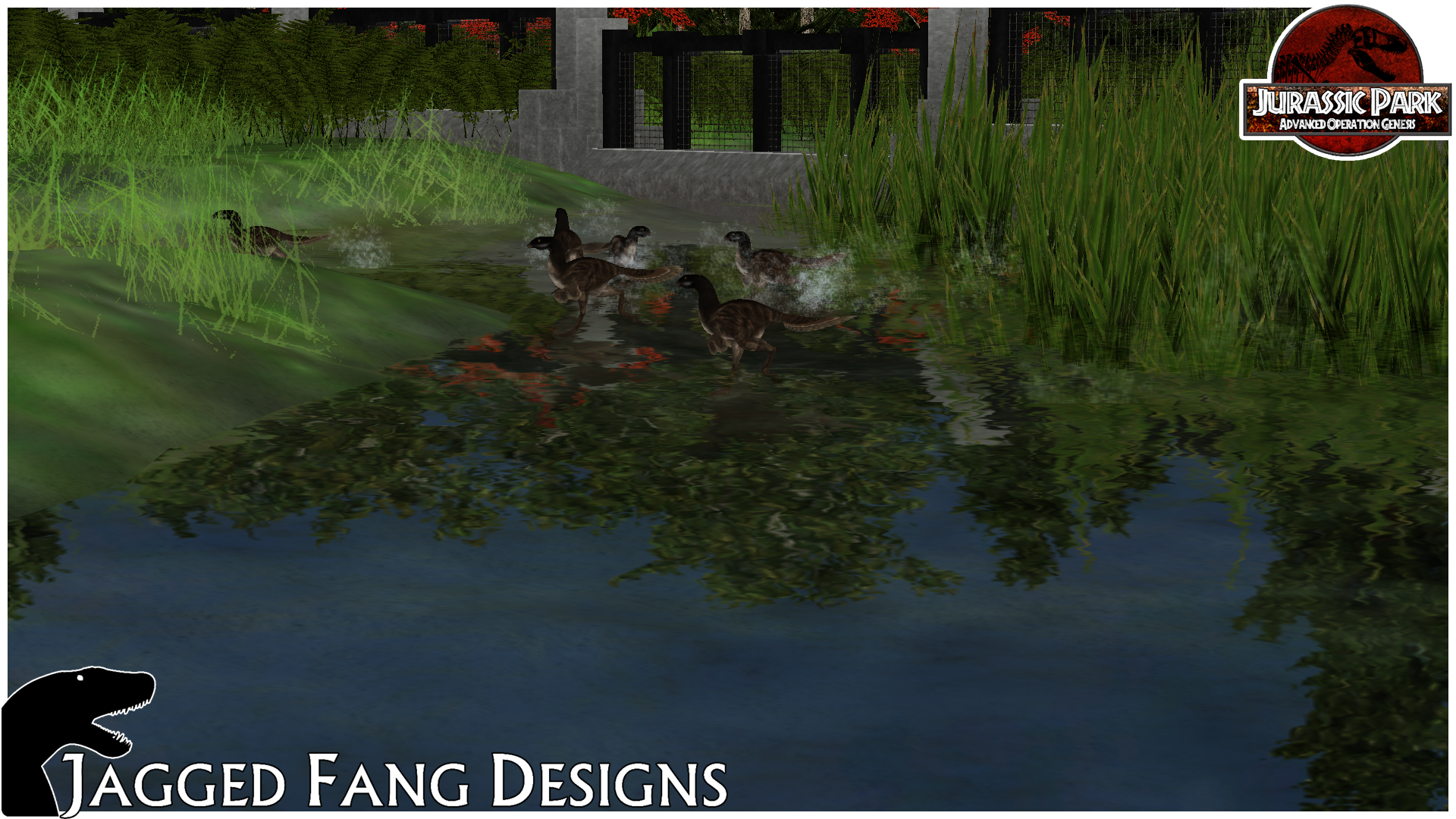Yixian as a fossil bearing formation is known for having a huge amount of feathered theropods be them avian or non-avian with only a handful of them having been brought back. Among the few that have been brought back however is the entirety of Caudipteridae with one member being more prevalent than any other, Similicaudipteryx yixianensis.

Being the largest member of its group Similicaudipteryx stands at just over a meter long and between 70 and 80cm tall making it, while the largest Caudipterid, the smallest animal a guest is likely to see in an exhibit due to the rarity of Caudipteryx in parks. As an animal however it is considered an ideal ‘filler’ for exhibits due to its impressive display feathers and small size, this immense presence in almost every park globally and it appearing typically in more than one exhibit per park has both made Similicaudipteryx a household name, but also given it the presence and popularity of a modern chicken, landing it a meagre 1 star rating.

Much like Psittacosaurus, Similicaudipteryx is a staple park animal to the point where it appears even in parks displaying modern fauna. There are several reasons for this massive availability derived from both the animals’ physical traits, such as its small size, to its behavioural patterns, such as its display dances, but all come back to one simple thing, breeding. Much like Psittacosaurus, Similicaudipteryx are prolific animals, thus ensuring there are always Similicaudipteryx for parks and private collectors to purchase.

Behaviourally Similicaudipteryx is a social animal, living in groups of 12 or more individuals of varying gender and age with no clear social hierarchy where socialisation is the overall primary activity through active vocalisations, however this is also accompanied by group preening, drinking, eating and sleeping. One of the few non-group activities this animal partakes in is displaying, individual males will separate off from the main group and begin building nests in nearby and sheltered locations, these nests are then used as podiums from which a male will sing and dance from in the hopes of attracting a female to not only inspect his plumage but also his nesting abilities. This is often capitalised on by parks with many advertising the likely times of year to see their Similicaudipteryx perform for the females.
Thank you all for reading, expect more from us soon.
~Jagged Fang Designs~



This will be epic